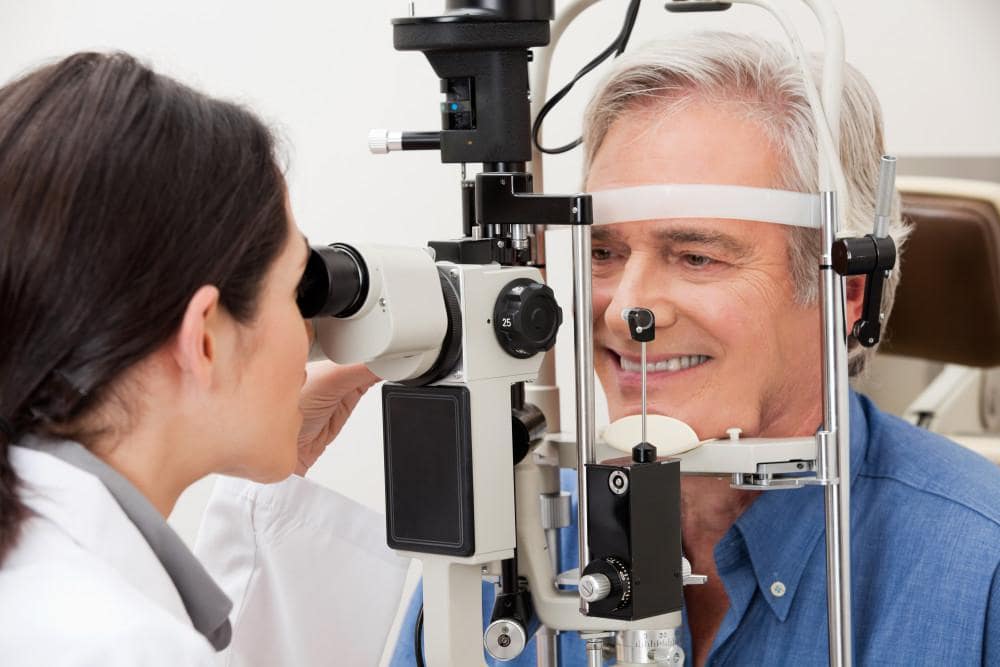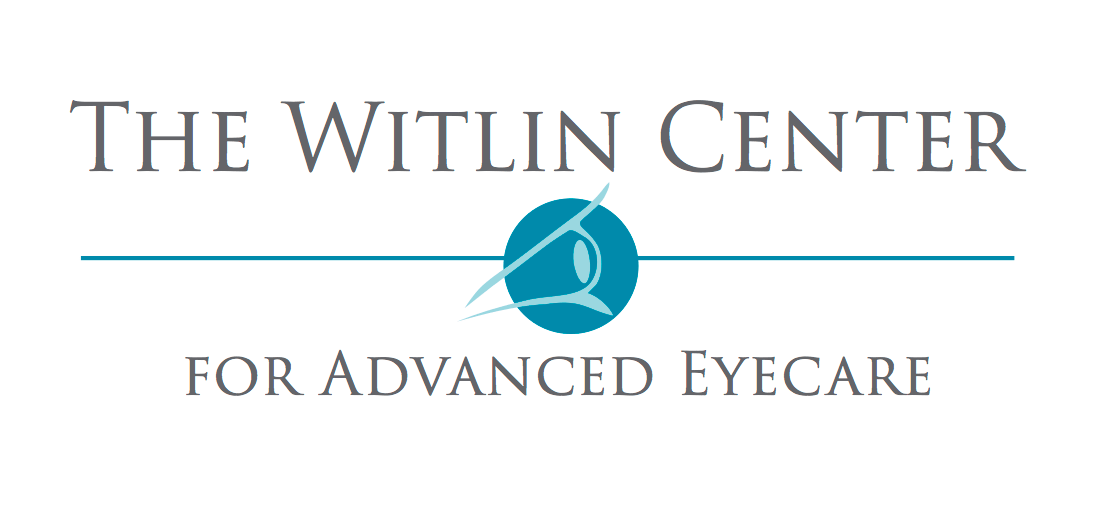
06 Dec Three Things You Need to Know About Glaucoma
Glaucoma is one of the leading causes of blindness in the United States. With glaucoma, which is a group of eye diseases, the optic nerve gets damaged from pressure inside the eye, usually caused by fluid buildup. Glaucoma can affect people of any age but is more common in people over 60.
There is no cure for glaucoma, but there are ways to manage it and prevent it from getting worse. In its early stages, the disease often displays few or no signs, so it’s important to know the symptoms, risks, and causes. Detecting glaucoma and treating it early can help prevent vision impairment and loss.
Types and causes of glaucoma
There are two main types of glaucoma: primary open-angle glaucoma and angle-closure glaucoma. Here is what our doctors at Witlin Center for Advanced Eyecare think you need to know about the causes of each type.
Primary open-angle glaucoma
This type of glaucoma is the most common form of the disease, affecting about 2.7 million adults over 40 in the United States. When the fluid that nourishes your eyes can’t drain or drains too slowly, it can build up and create pressure in the eye. This pressure puts you at risk for developing glaucoma. When it builds up too much, it can damage your optic nerve.
Angle-closure glaucoma
Angle-closure glaucoma is more common in people whose irises are too close to the eye’s drainage angle. This causes fluid to build up and eventually damage the optic nerve. Another variation of this disease, called acute angle-closure glaucoma, happens suddenly. Knowing symptoms for this type of glaucoma is especially crucial because when it comes on suddenly, it’s considered a medical emergency.
Glaucoma symptoms
There are often no symptoms or pain with glaucoma — until it advances and impairs your vision. This vision impairment usually continues to worsen, if not treated, until your vision is gone. Regular comprehensive eye exams can help diagnose glaucoma in its earliest stages before symptoms appear.
The first symptom you notice is impaired peripheral vision or side vision. As this worsens, you develop more of a tunnel-like vision. If not treated, the disease progresses until your symptoms eventually include patches or central vision impairment.
Symptoms of acute angle-closure glaucoma come on suddenly and can lead to sudden vision loss. See your doctor immediately if you have the following symptoms:
- Severe headaches
- Eye pain
- Sudden blurry vision
- Nausea and vomiting
- Halos around lights
Risk factors for glaucoma
Anyone can develop glaucoma, but certain demographic groups have a higher risk. High-risk factors include:
- A family history of glaucoma
- A predisposition to high eye pressure
- Being African-American age 40 and over
- Being age 60 and over, especially Mexican-Americans
- A thin cornea
- Diabetes
- High blood pressure
- Having an eye injury
If you have more than one of these risk factors, your eye doctor may prescribe eyedrops to help reduce your risk of developing glaucoma.
For more information about preventing or treating glaucoma, call the Witlin Center for Advanced Eyecare with locations in East Brunswick, Toms River, and Morristown, New Jersey, or contact us through the online form on this website.


Sorry, the comment form is closed at this time.